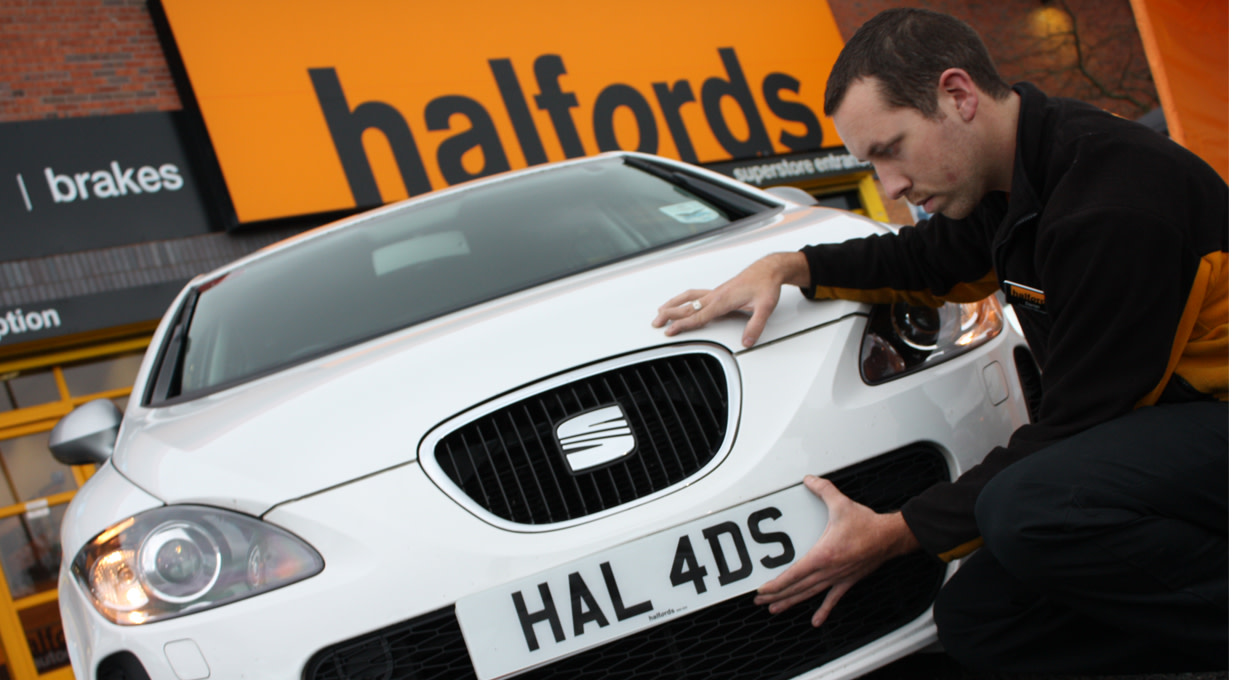Halfords’ full year revenue was up 5% on a like-for-like basis to £1.7bn. A 10.7% increase by Autocentres was tempered by a softer performance in retail, where cycling sales were particularly weak.
Underlying pre-tax profit fell 18.3% to £36.1mn in-line with lowered guidance, impacted by price promotions in retail and higher operating costs.
Free cash flow improved from £2.7mn to £29.4mn helped by lower levels of inventory. Net debt at the period end was £315.3mn.
The Group proposed a final dividend of 5p, bringing the annual total to 8p per share, down 20%.
Current trading remains soft, unaided by poor spring weather and weak consumer confidence. Inflation also remains a material headwind. Halfords still has its sights set on its medium term goals but progress towards them is expected to be slowert than originally expected.
The shares were down 2.2 % in early trading.
Our view
There was little in the way of immediate comfort for investors in Halfords full year results. Demand weakness has continued into the current financial year for the more discretionary areas of the business such as cycling and staycation products like camping equipment and roof boxes. Volumes of consumer tyres are also expected to fall this year. With costs remaining under pressure, Halfords is going to have to pedal harder just to keep profit standing still. Operating margins of 3.3% are thinner than we’d like to see. There’s still a medium-term target in place to drive them towards 5.5% but it’s proving harder than expected.
While Halfords' retail sales remain subdued, the group’s been trying to shift its focus towards more reliable, service-based revenue in recent times. That’s something we’re more positive about, and sales of non-discretionary services in its Autocentres business look to be holding up much better. Things like car servicing or a new battery aren't negotiable, and that’s allowed selective price increases which have had a positive effect on the division’s profitability.
And the Motoring Loyalty Club, which offers discounts on certain services, is attracting new joiners at an impressive pace, with membership doubling to 3.4mn last year. Club members are more likely to be engaged, shopping more frequently and spending more per visit.
The balance sheet is in reasonable health, with a net debt-to-cash profit ratio slightly better than the group's target. But with revenue stalling, and investment budgets on the increase, free cash flow could come under pressure this year. We’re cautiously optimistic that investments in new store formats, and Halfords’ software platform for the motor servicing industry can generate positive returns but its still early days. So its not too surprising that dividend payouts have fallen, and as ever there can be no guarantees of future payouts to shareholders.
Last year’s disappointing performance has put a huge dent in the group’s valuation. We’d like to see Halfords review its options for underperforming areas of the business, which could include divesting some units. Although, nothing is guaranteed.
The mix of online sales portal and real-world expertise has potential long term, and shifting further toward needs-based products and services is a good move in our view. But consumer spending is likely to remain weak in the near-to-medium term, and there could be more challenges ahead to test the group's mettle.
Environmental, social and governance (ESG) risk
The automotive retail sector is low risk in terms of ESG. Human capital and product governance are key risk drivers. Carbon emissions from products and services and data privacy and security are also contributors to ESG risk.
According to Sustainalytics, Halfords management of ESG risk is average. It has set up a dedicated ESG board with independent representation and executive compensation is tied to performance on these issues. There is also an environmental policy, including a commitment to net zero and interim targets, and development programmes to improve diversity in the workplace. However, ESG-related disclosure falls short of best practice.
Halfords key facts
All ratios are sourced from Refinitiv, based on previous day’s closing values. Please remember yields are variable and not a reliable indicator of future income. Keep in mind key figures shouldn’t be looked at on their own – it’s important to understand the big picture.
This article is not advice or a recommendation to buy, sell or hold any investment.No view is given on the present or future value or price of any investment, and investors should form their own view on any proposed investment.This article has not been prepared in accordance with legal requirements designed to promote the independence of investment research and is considered a marketing communication.Non - independent research is not subject to FCA rules prohibiting dealing ahead of research, however HL has put controls in place(including dealing restrictions, physical and information barriers) to manage potential conflicts of interest presented by such dealing.Please see our full non - independent research disclosure for more information.


